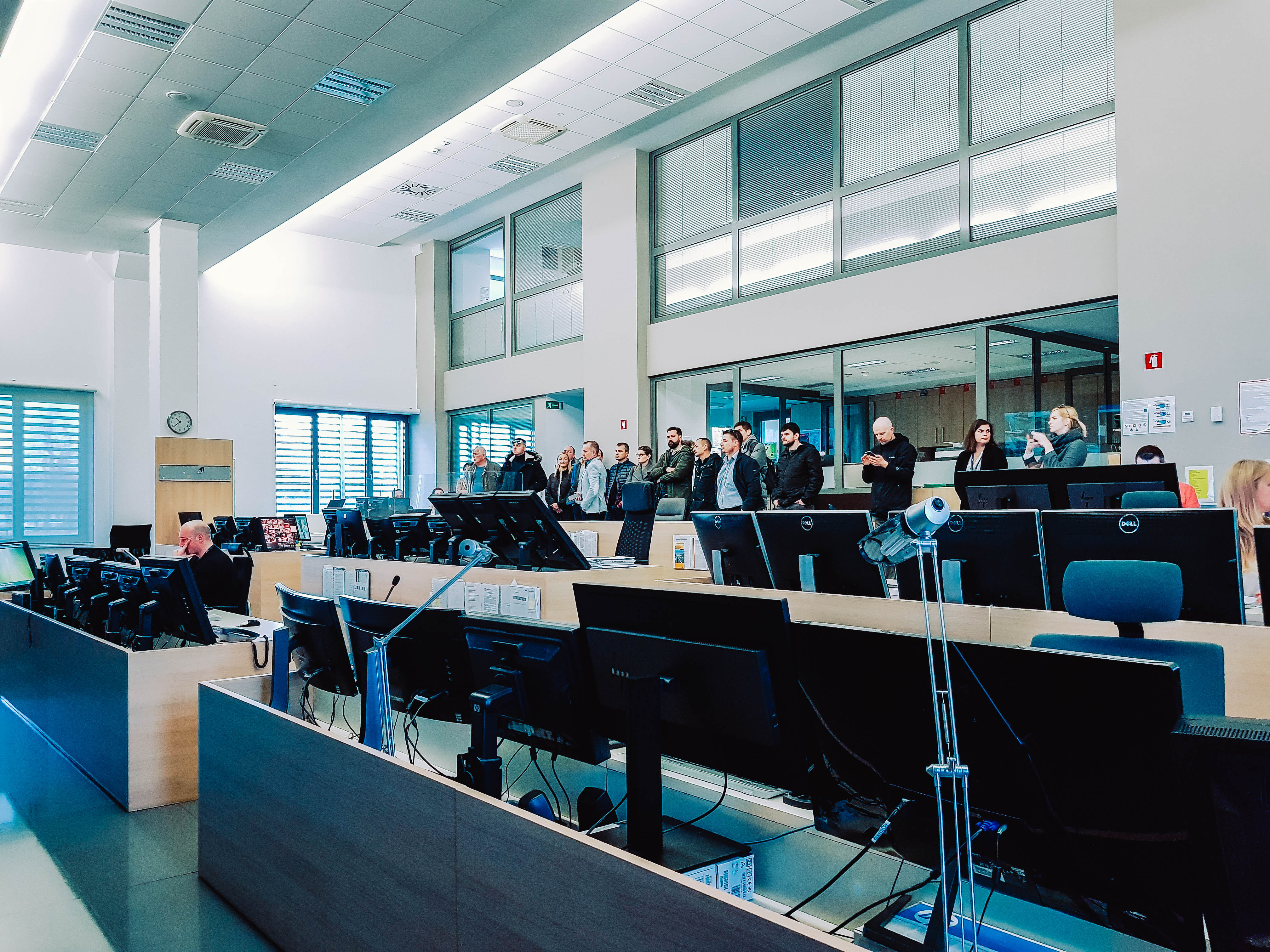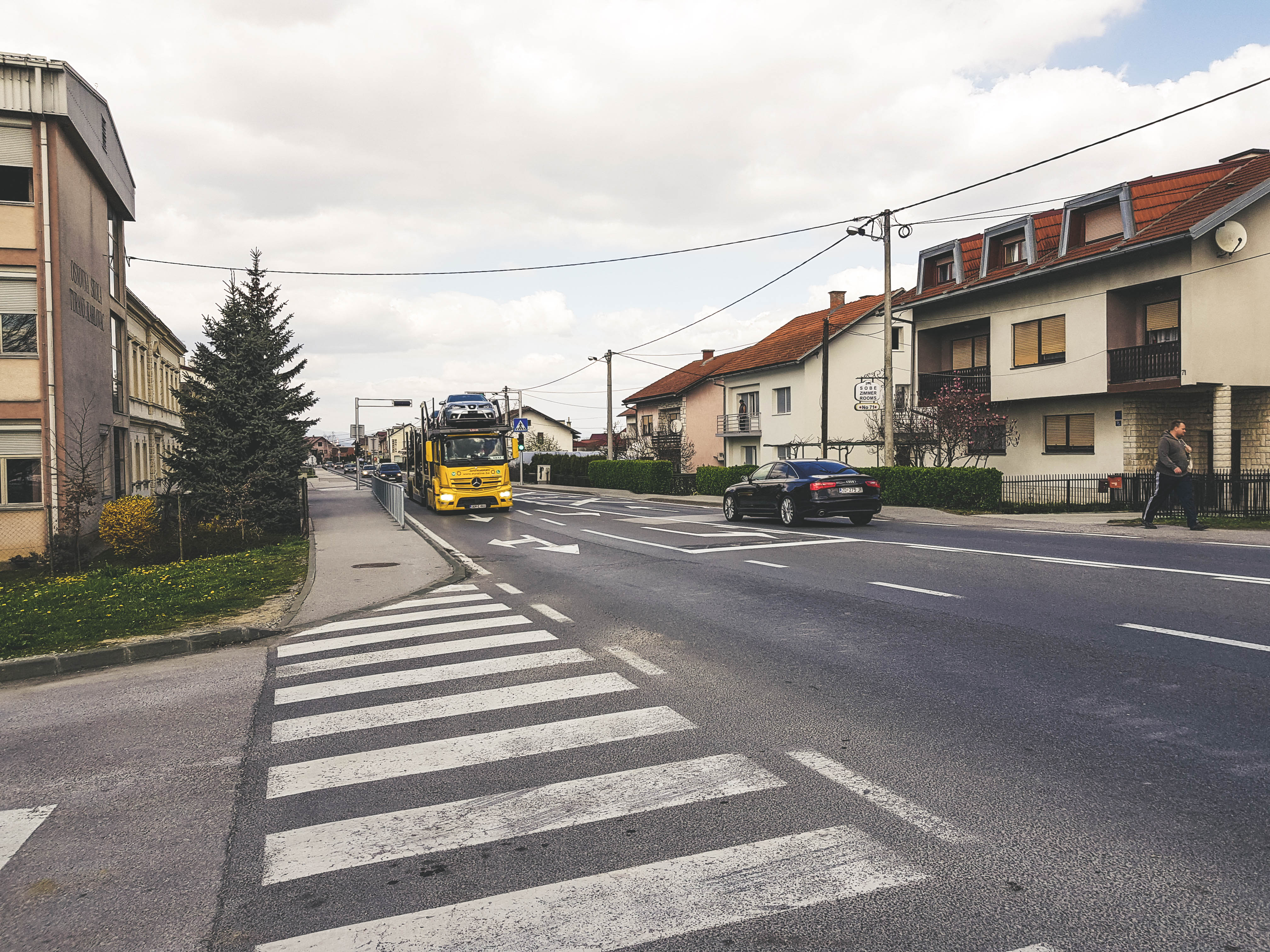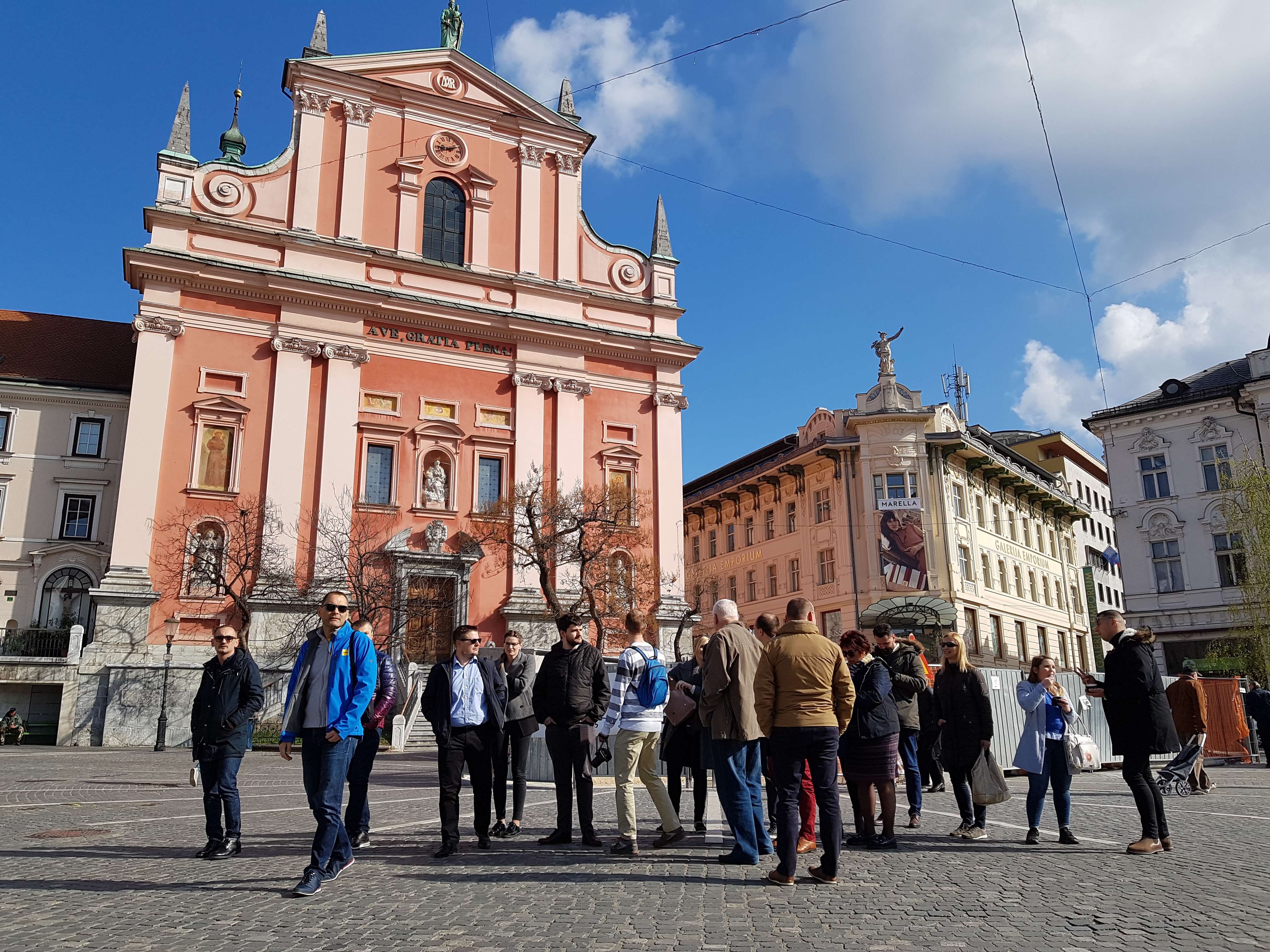RADAR - Study visits in Slovenia and Croatia – Road Safety (re)defined
04-04-2019
RADAR project Partners, Automobile and Motorcycle Association of Slovenia (AMZS) and University of Zagreb, Faculty of Transport and Traffic Sciences (FPZ) organised Study visit on provision for VRUs (vulnerable road users - pedestrians and cyclist in particular) on March 28 and 29, 2019. Study visits focused on sites where countermeasures were successfully implemented and where the best opportunities exist to employ future countermeasures.

First Study visit implemented in Croatia
On March 28, 2019, RADAR project Partners (PPs) and Associated Strategic Partners (ASPs) learned about road safety in Croatia. According to the statistical data, toad deaths have been reduced for 60 % from 1990 to 2018. The biggest and most relative changes were between 2010 and 2016. However, Bulgarians and Romanians are the only people that are less safe than Croatian, according to the data.

Countermeasures implemented at great cost in Croatia
On the first day of study visit, in Croatia, representatives from FPZ focused on the site where countermeasures were successfully, implemented. We visited the state road in Croatia, where an accident between Heavy Goods Vehicle and 10 years old cyclist took place. This accident was a wake-up call for road auditors, as a young cyclist was killed during the accident. After the accident, FPZ proposed some short-term measures, such as:
- Speed enforcement cameras in a school zone
- End sidewalk parking: bollard, sidewalk parking tickets
- An increase of visibility on the pedestrian crossing – an improvement of the lighting of pedestrian crossing
- Improvement of existing traffic signalization and equipment

Vulnerable road users: best practices in Slovenia
On the second day of Study visits, March 29, RADAR project PPs and ASPs visited sites where countermeasures were successfully implemented in Slovenia. First stop was in downtown Ljubljana, where cyclists’ provisions were presented as best-practices countermeasures and solutions.
AMZS presented good examples, such as:
- Advanced stop line
- Bike box
- Extra signal time for cyclists at signalised intersection
- Bike sharing system called Bicike(LJ), which became so popular all other cities outside Ljubljana started implementing and adapting the system.

As the Study visits in Croatia and Slovenia were thematically focused on vulnerable road users – pedestrians and cyclists, AMZS presented another best practice that was intended for pedestrians. PPs and ASPs visited upgraded pedestrian crossing in ‘Šentjakob pri Ljubljani’, on a school path, crossing busy state road.
PPs and ASPs also visited Motorway Control Centre where they were acquainted with key problems with motorcyclists on motorways and informed about new infrastructural safety provisions on motorways for motorcyclists. Part of this was also a visit to the AMZS CVV Vransko – AMZS Safe Driving Centre Complex, where the representatives presented safe-driving programs and trainings for motorcyclists.

The AMZS Safe Driving Centre is designed to operate in all weather conditions. Water nozzles are heated, so training exercises on the circuit are also possible in winter, at temperatures as low as -10 degrees Celsius. In addition, the entire AMZS Safe Driving Centre surface is well lit, which also allows programmes to be carried out during evening hours.
More about AMZS Safe Driving Centre here.
The two days of Study visits in Croatia and Slovenia were educational, informative and opportunistic. The PPs and ASPs observed the best practices and successfully implemented countermeasures in both countries and discussed opportunities for employment of future countermeasures.
More about Study visits in general here.

